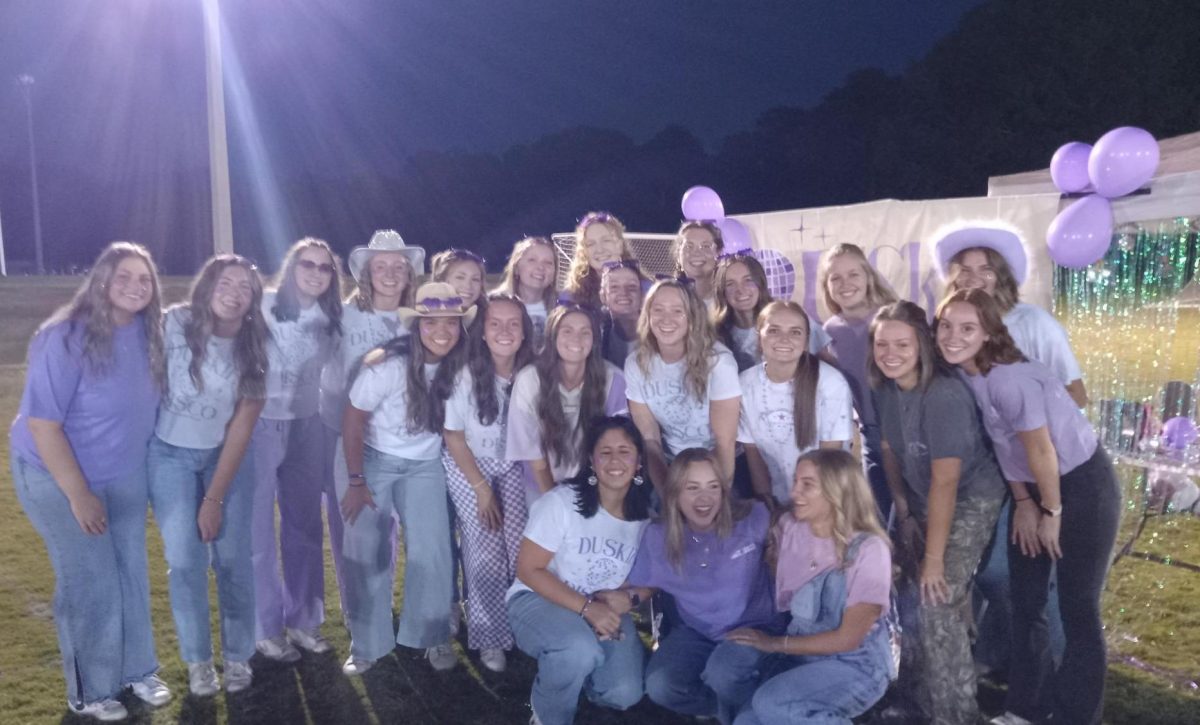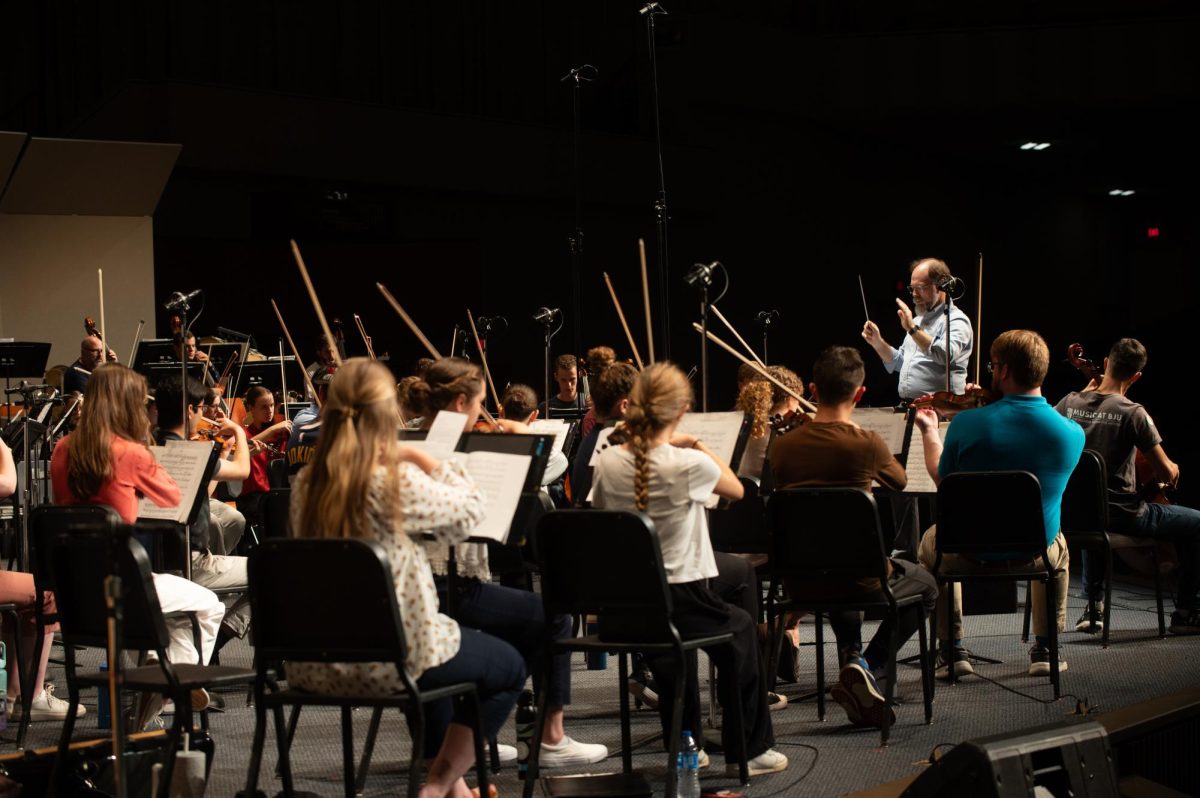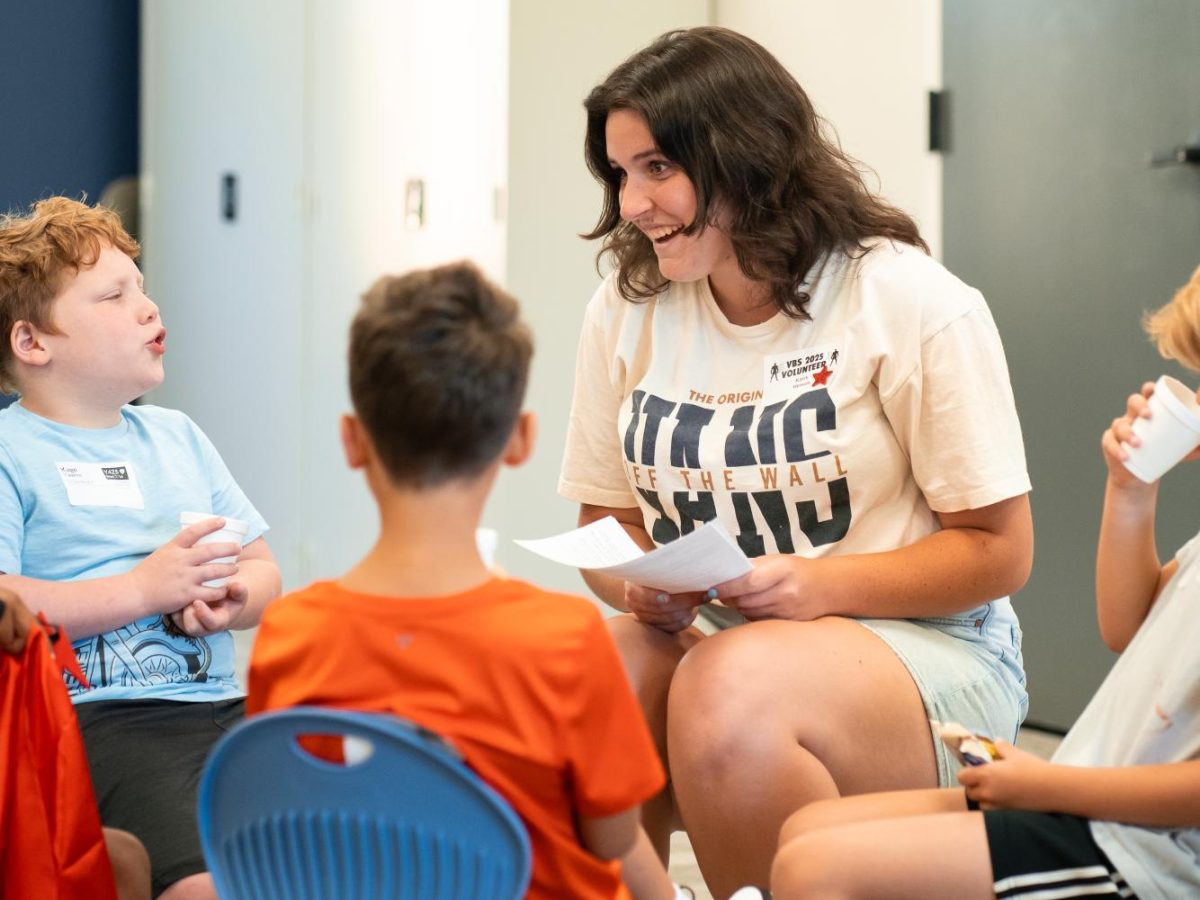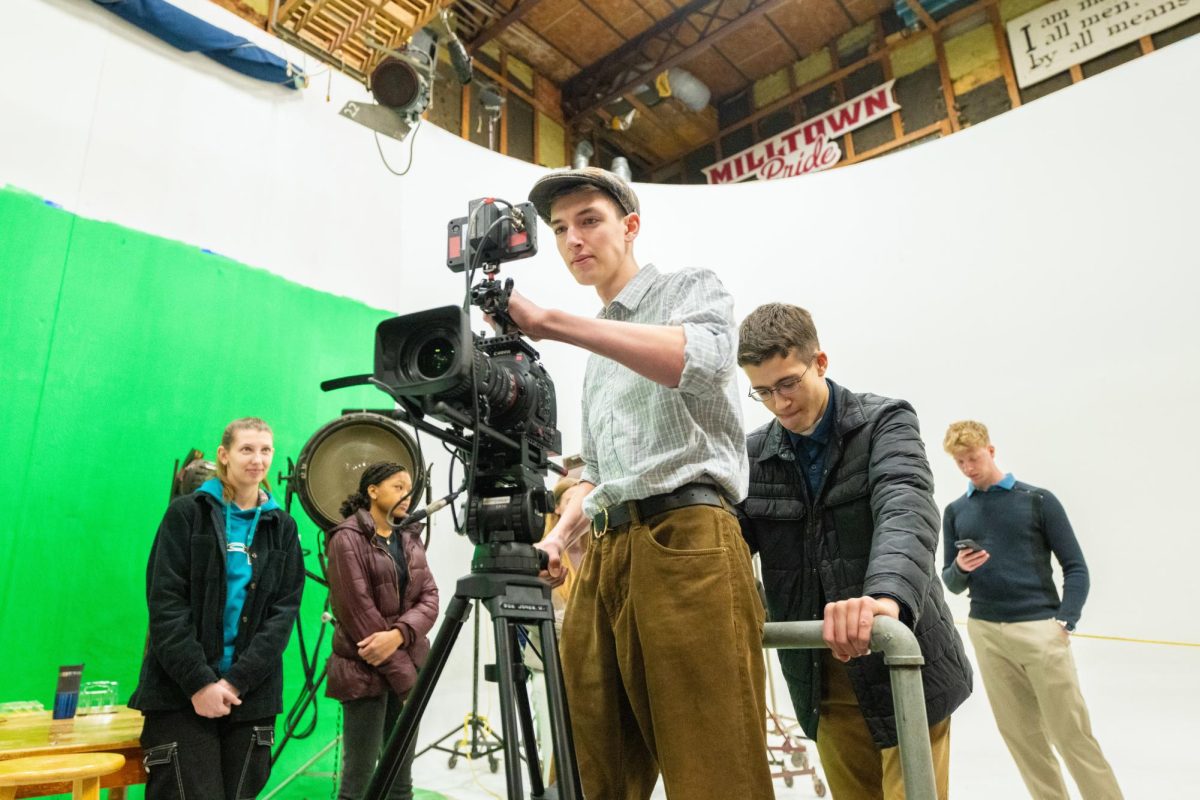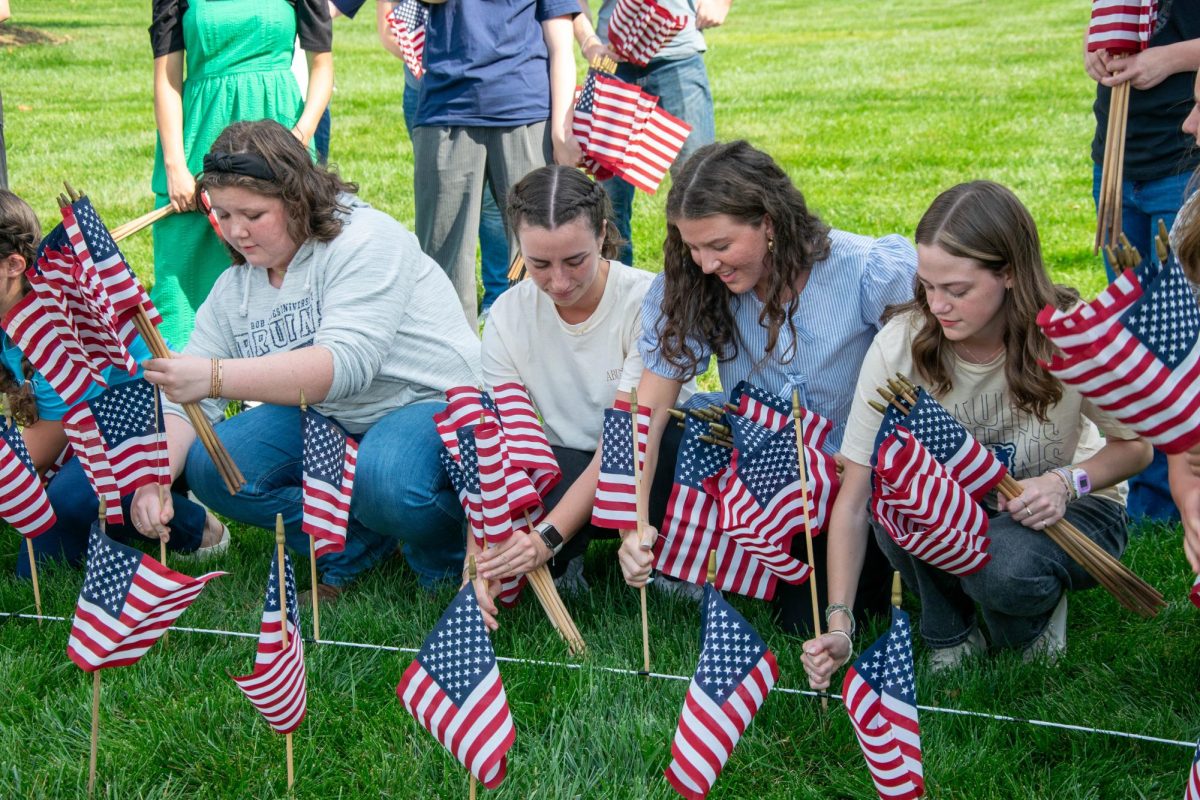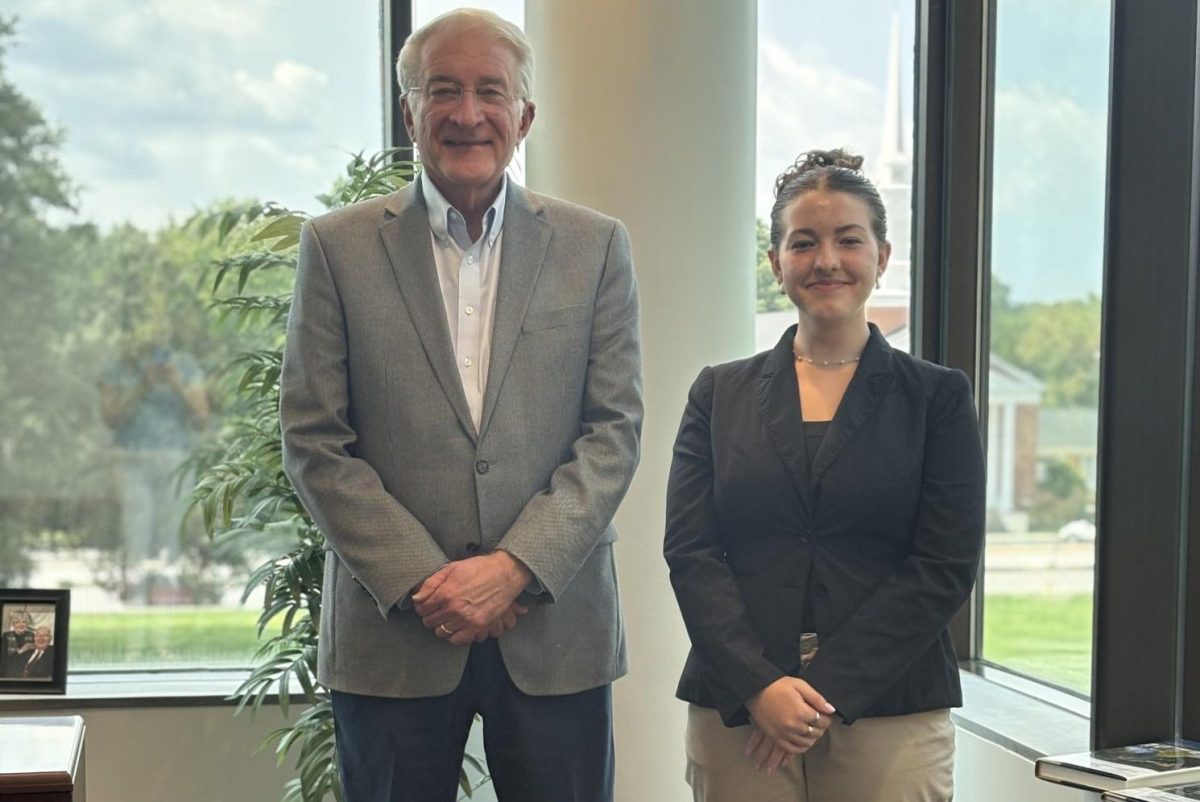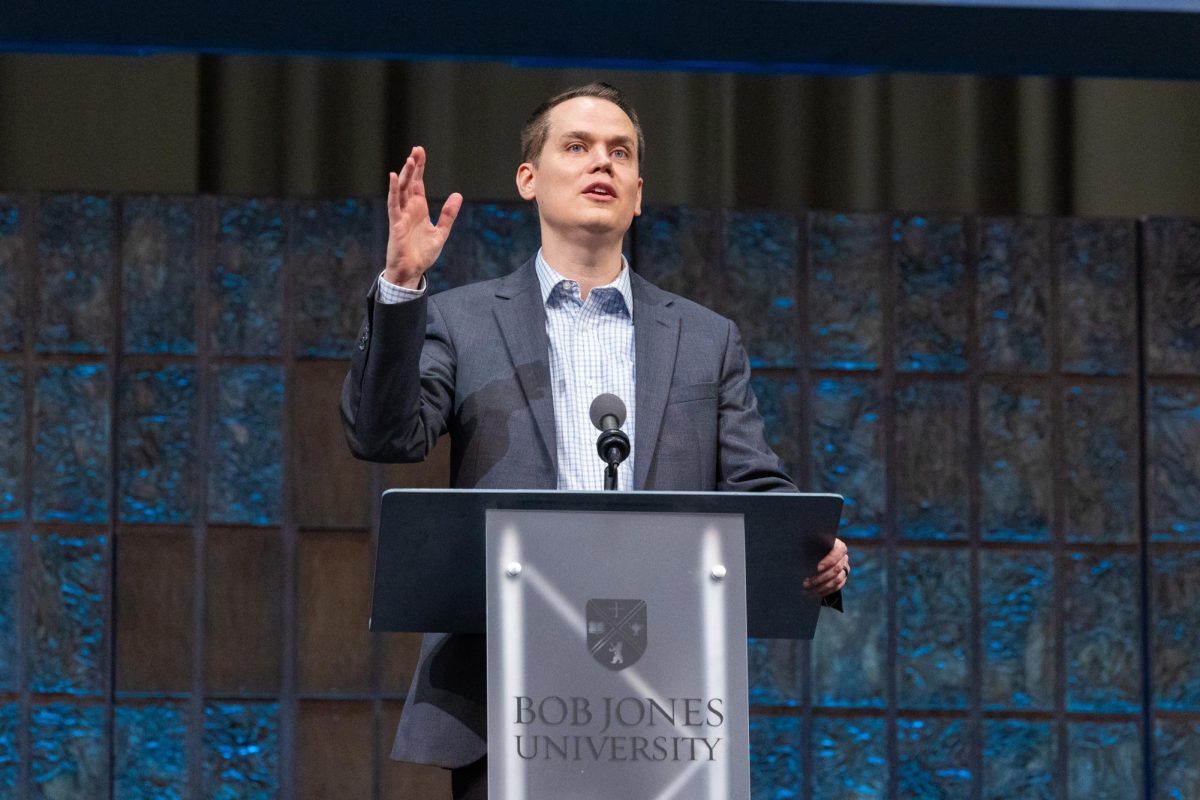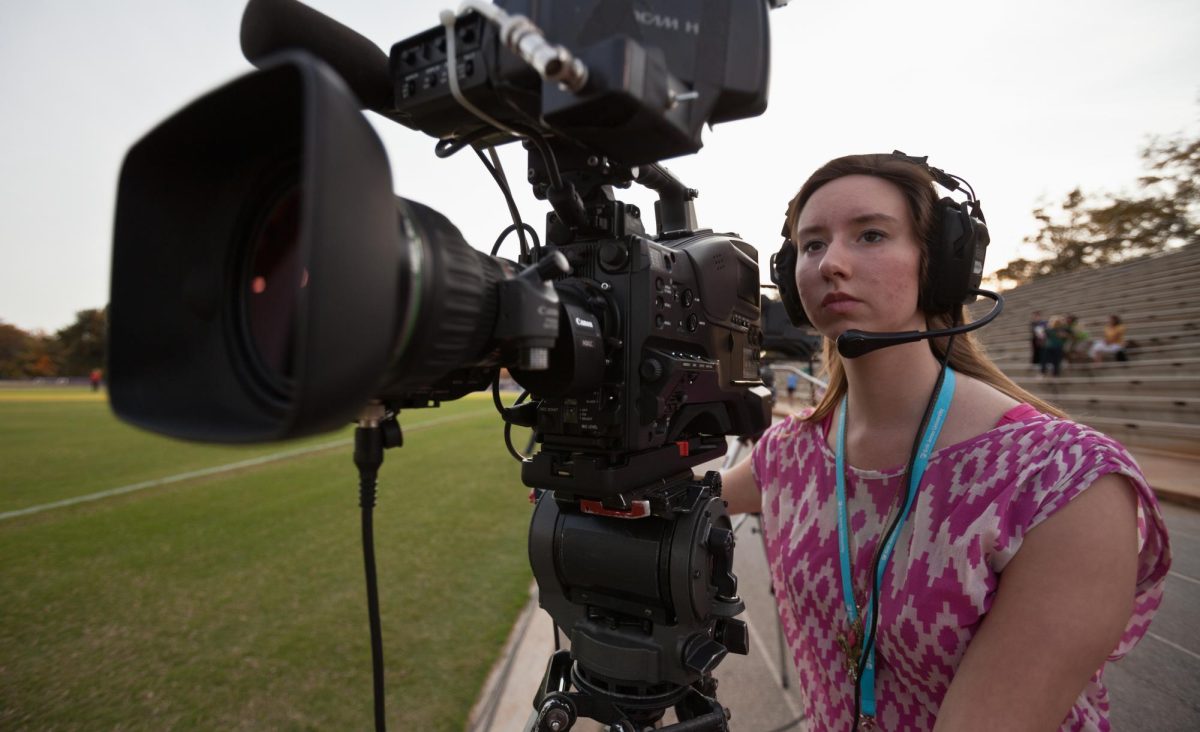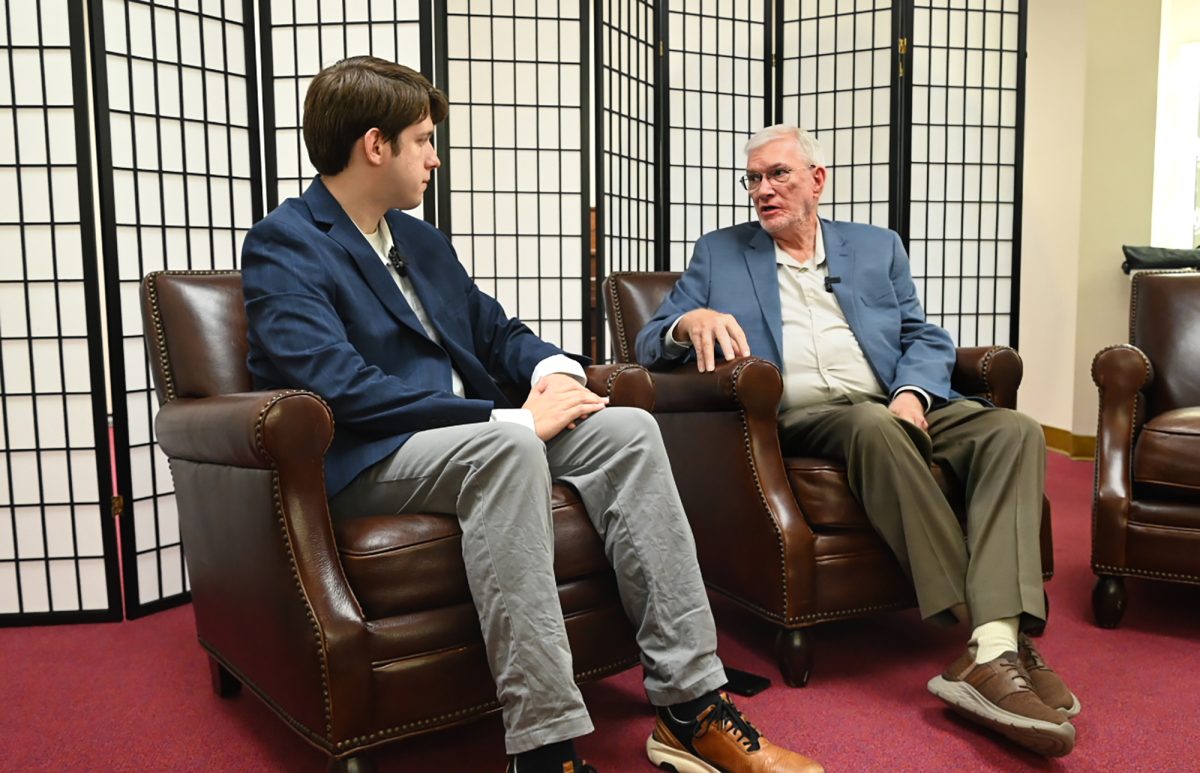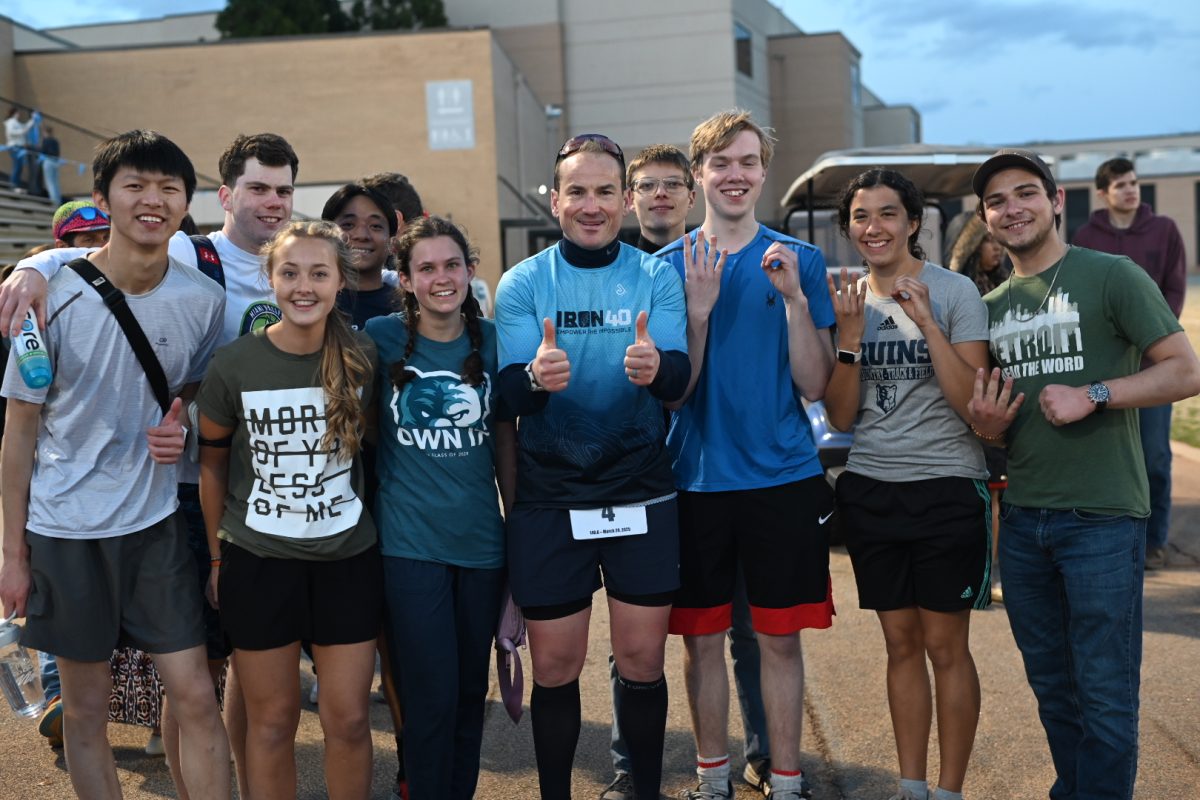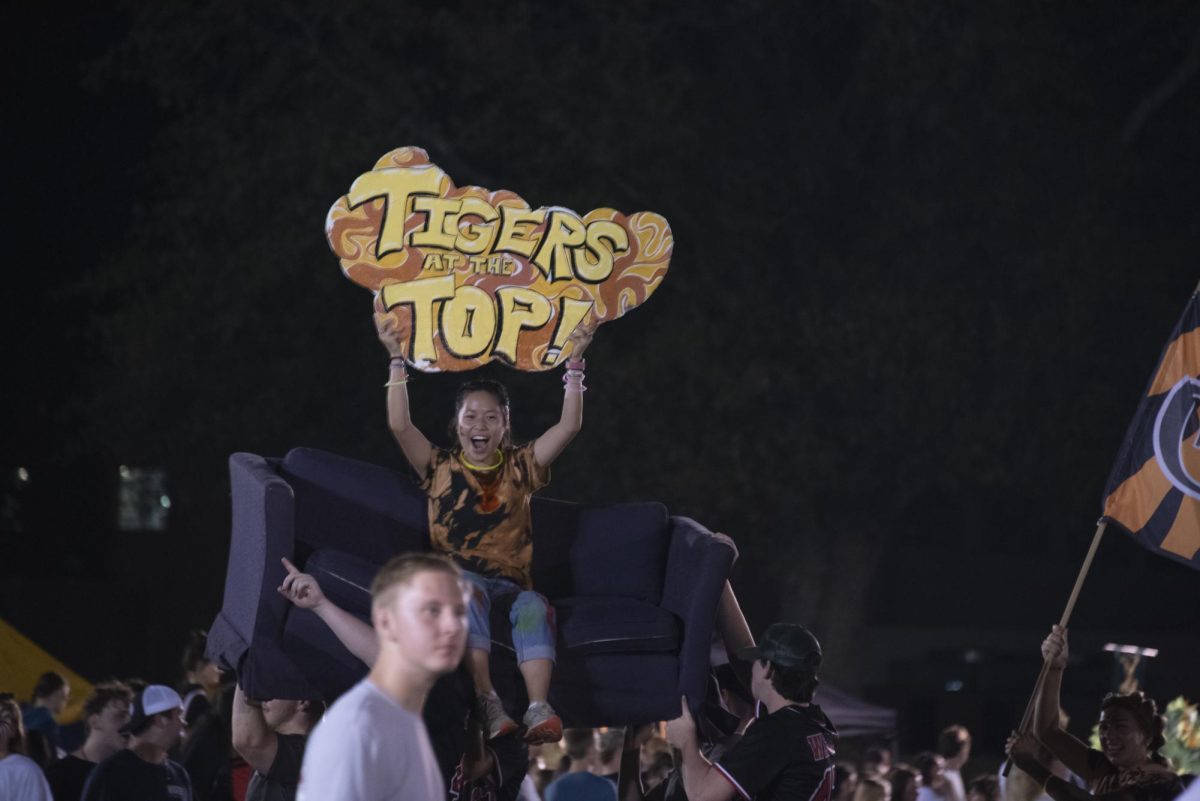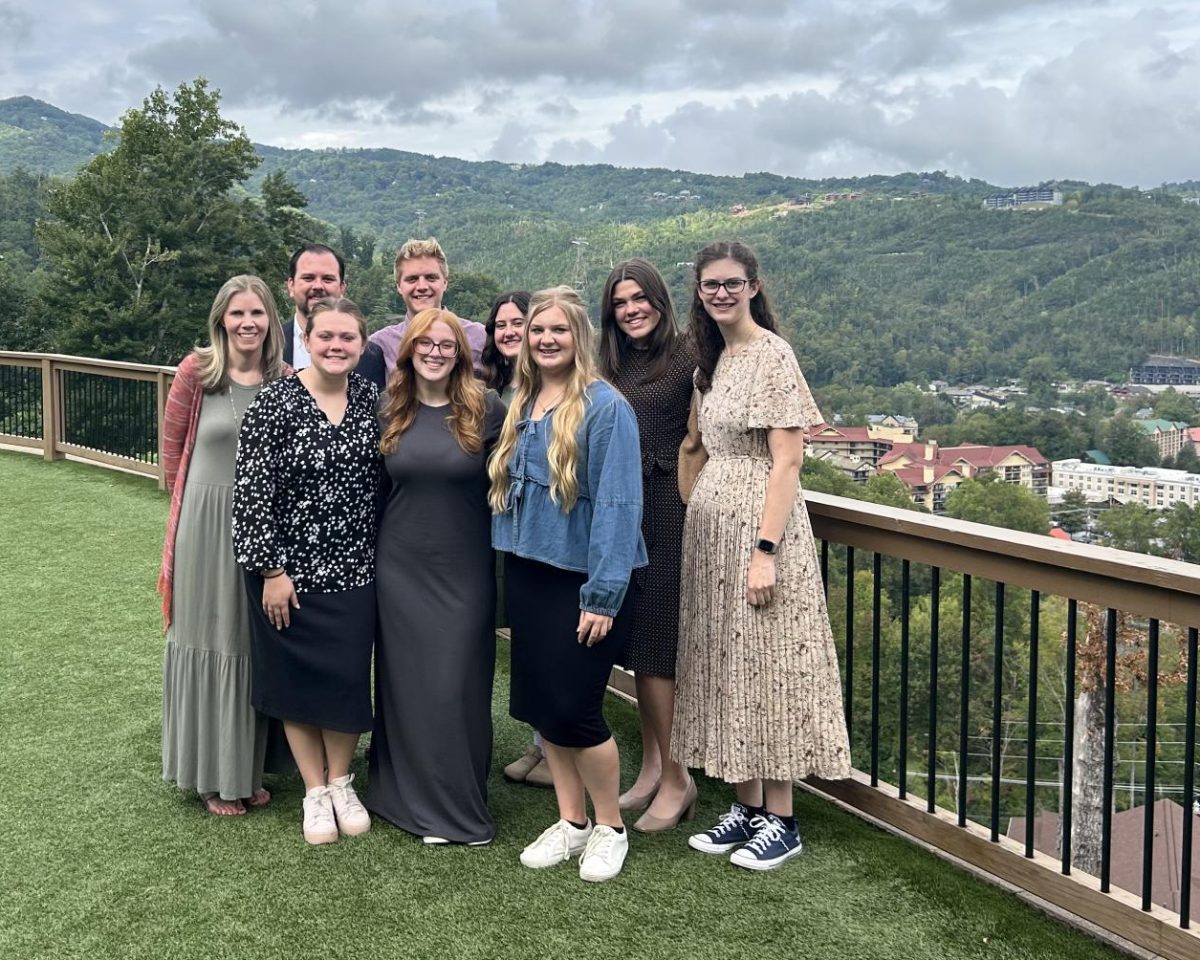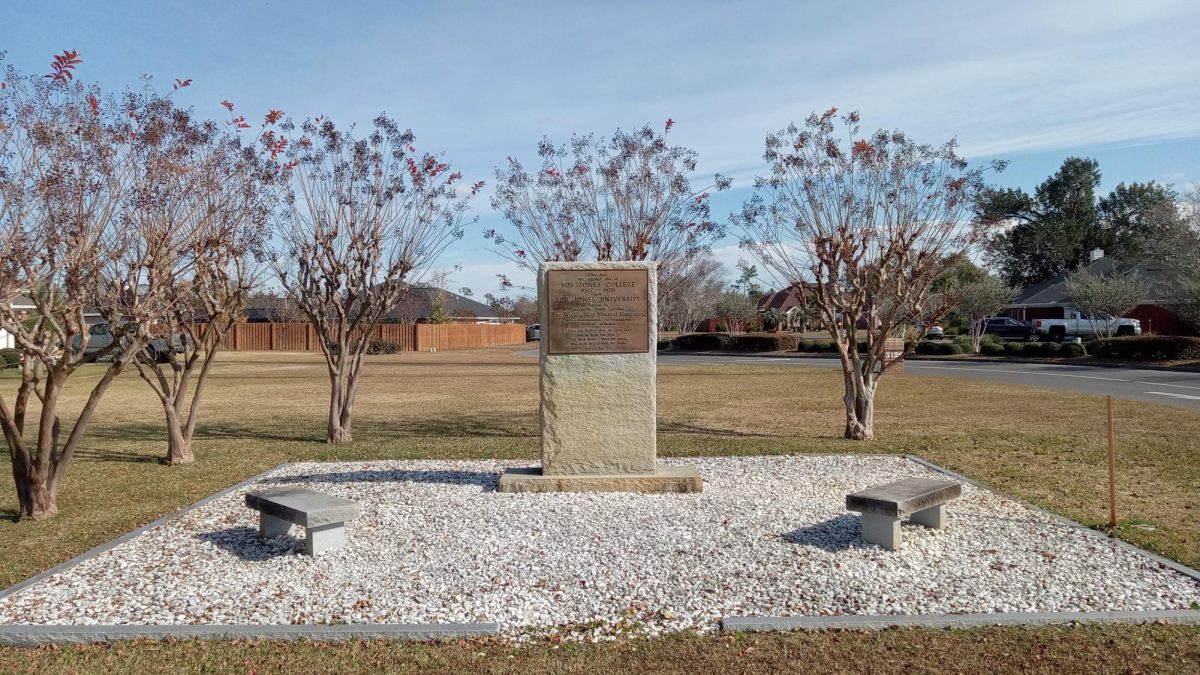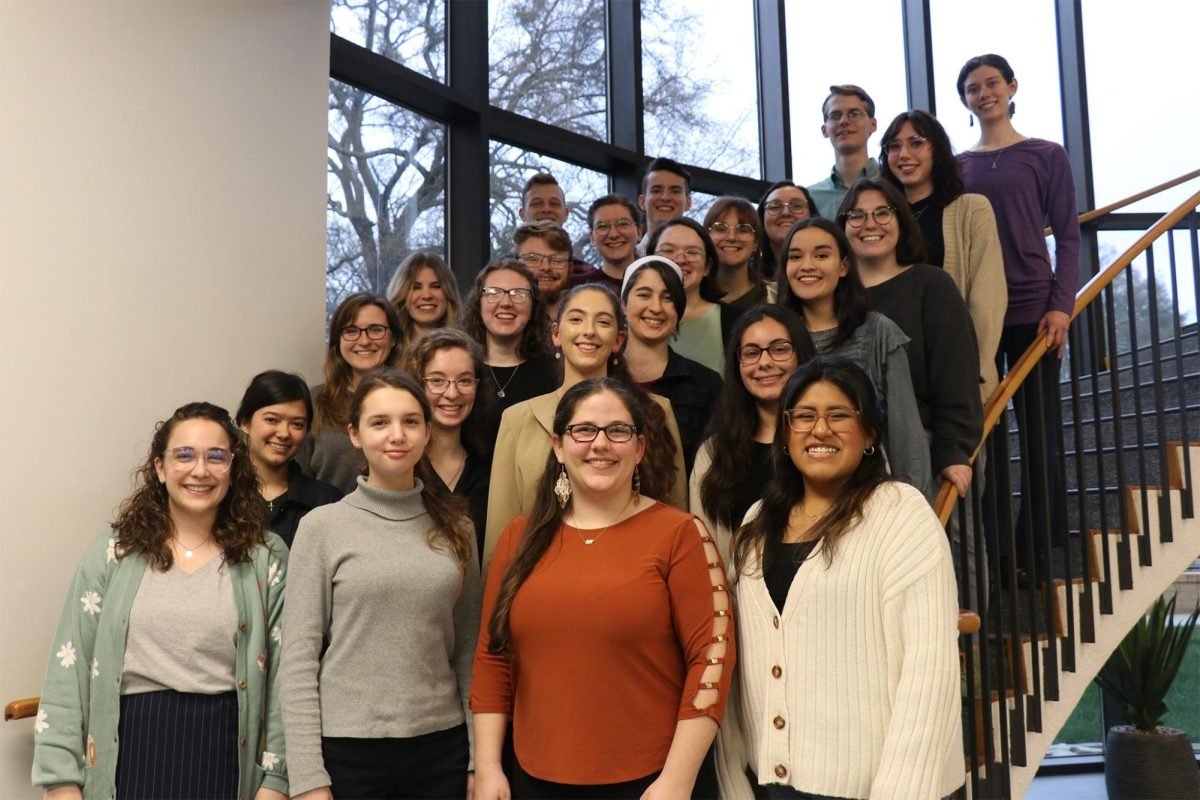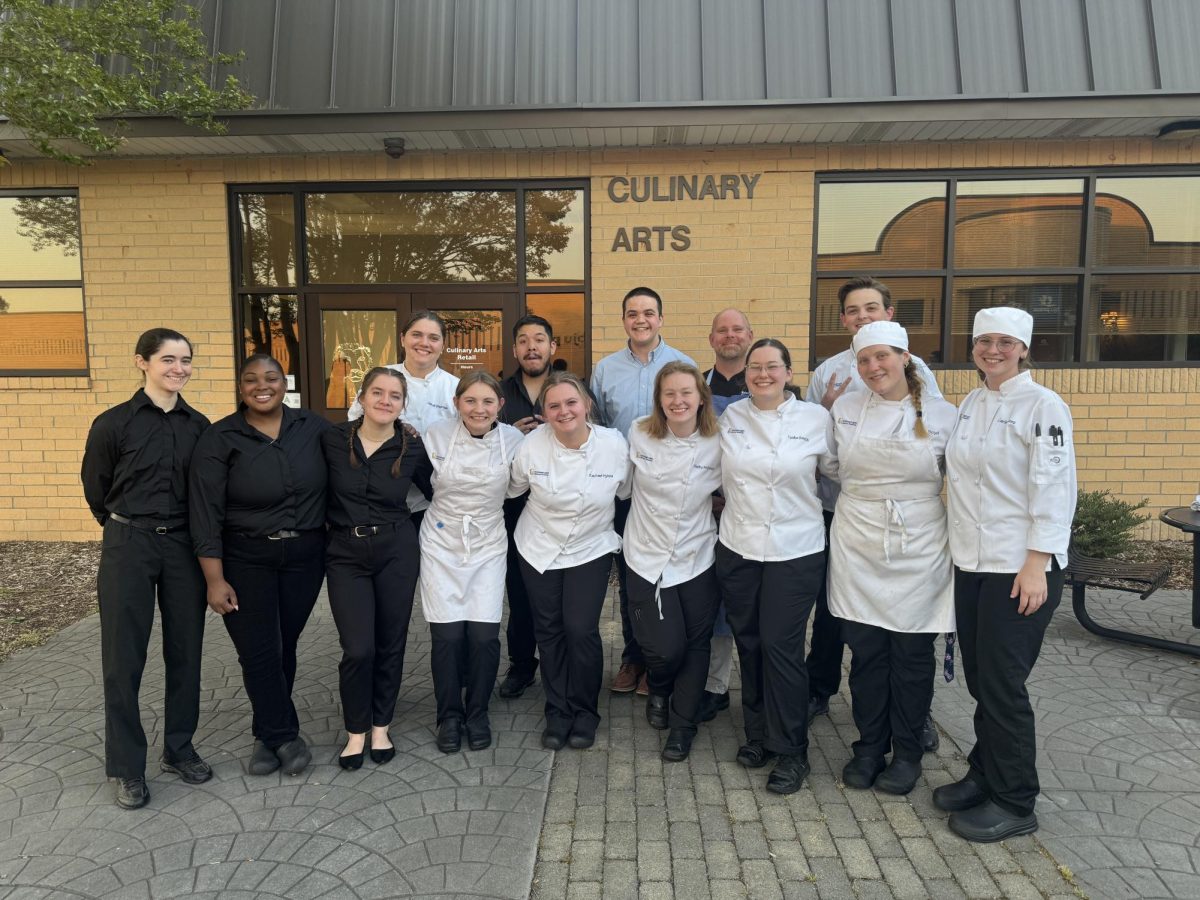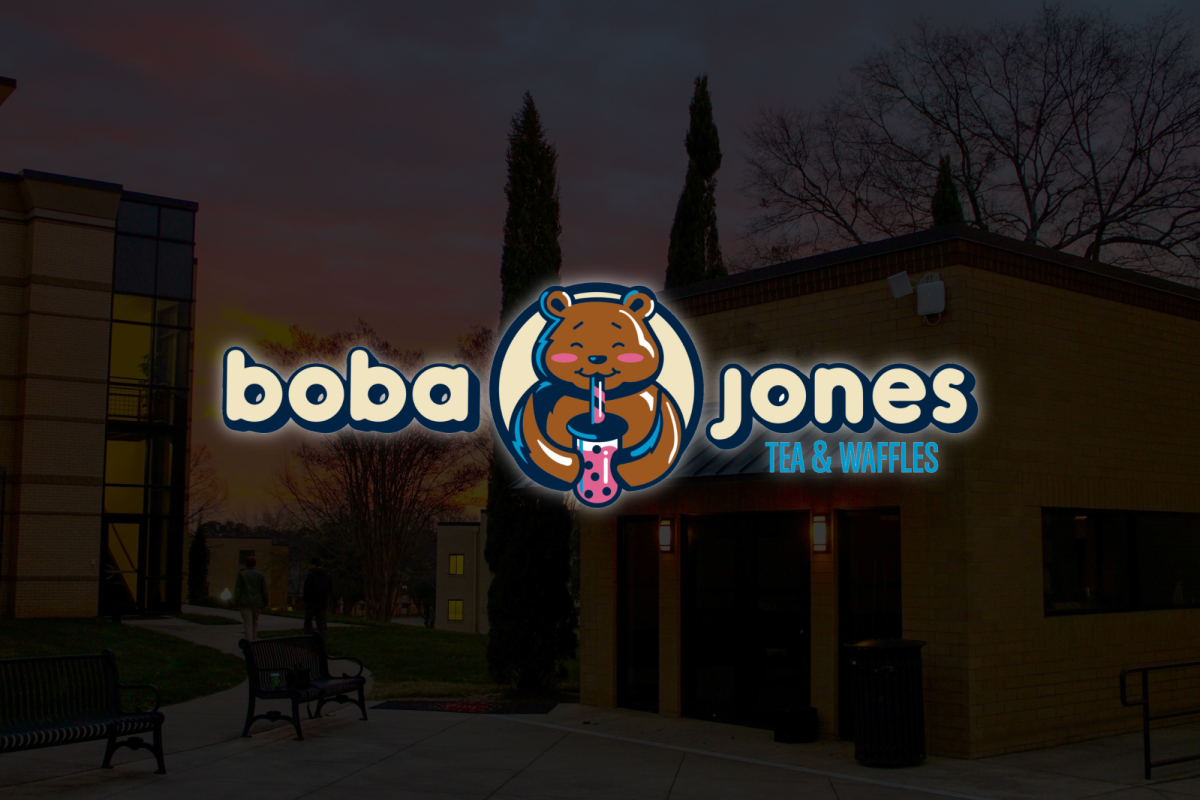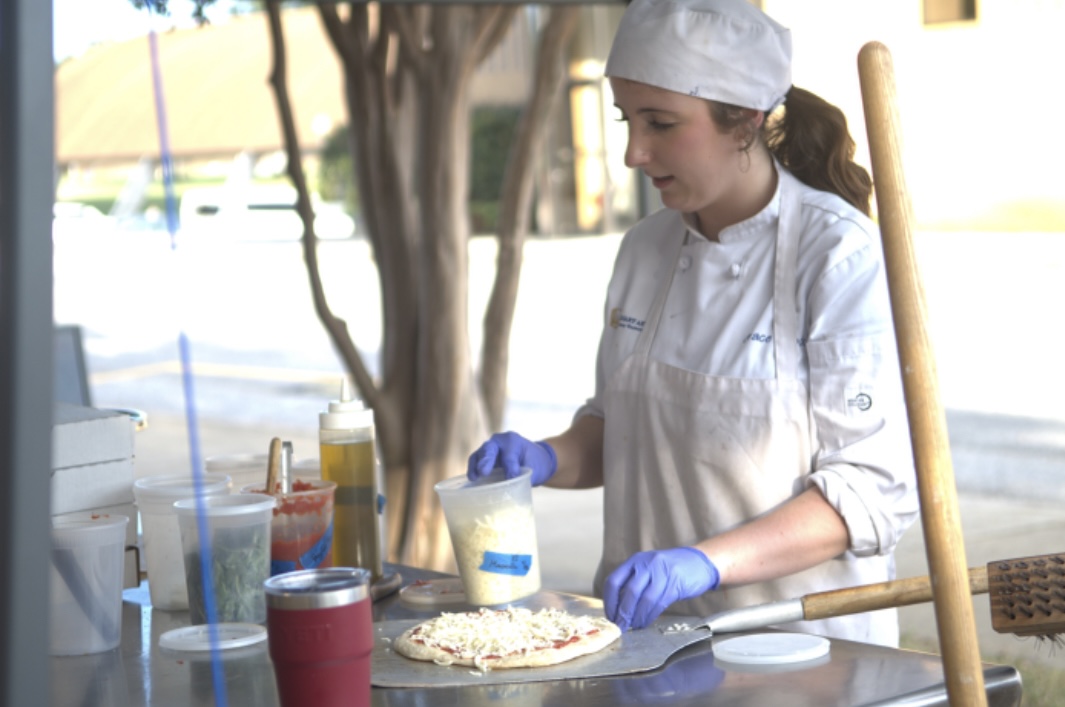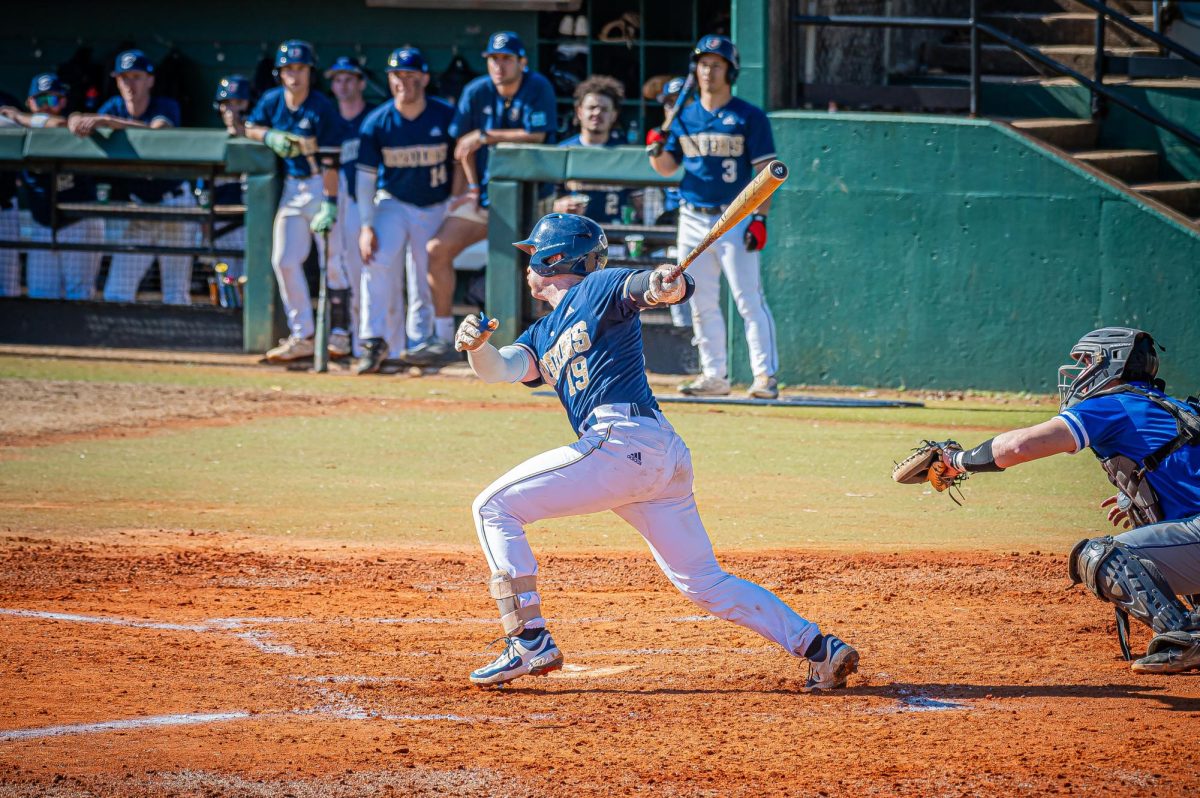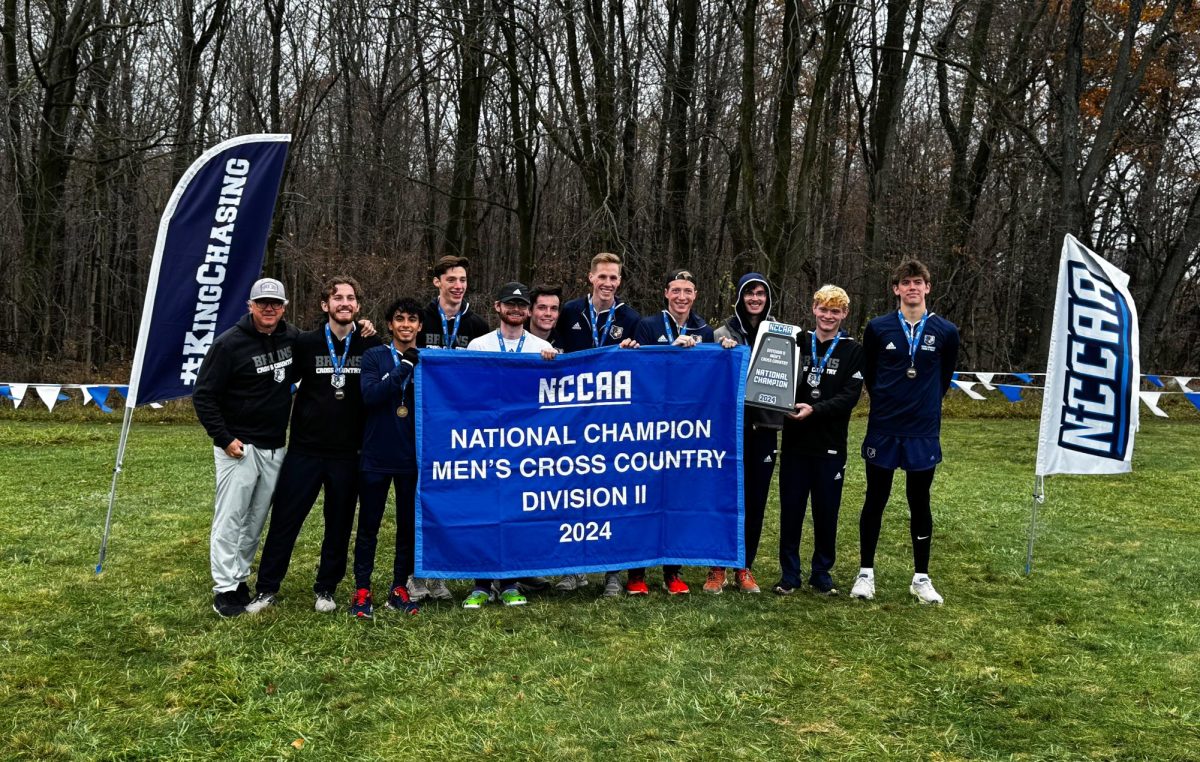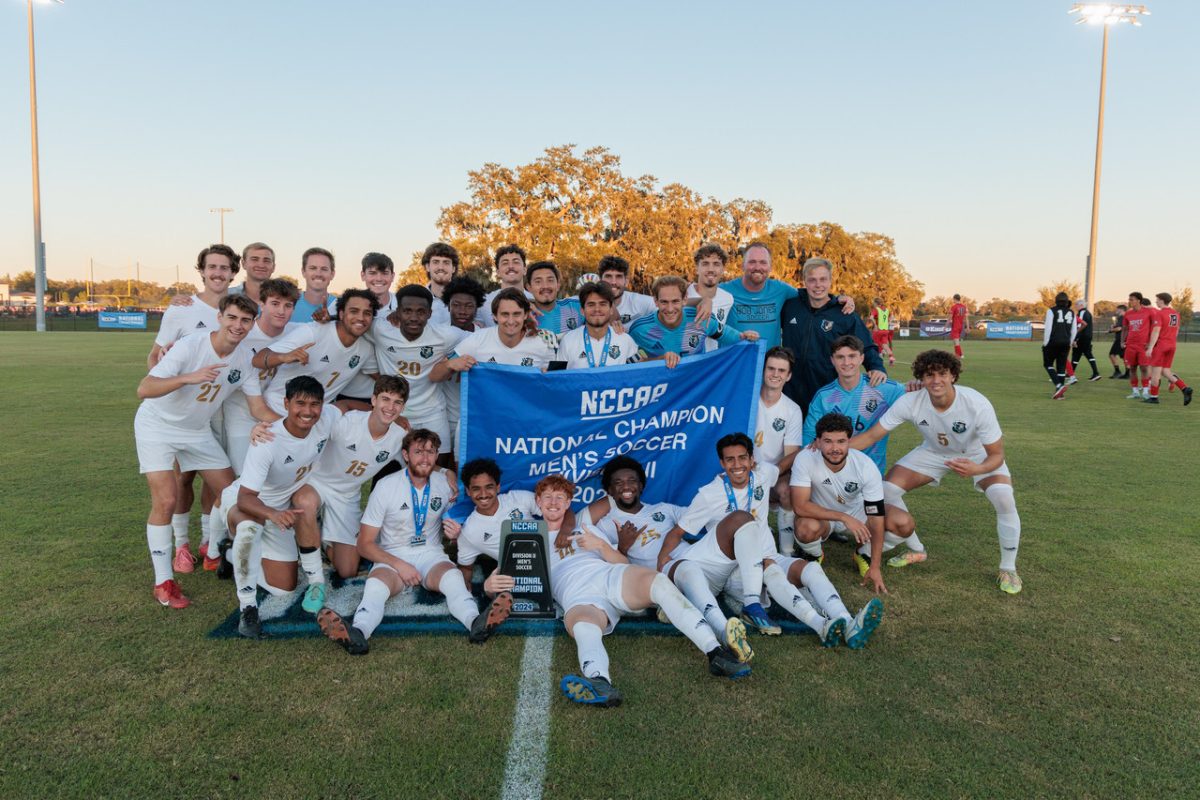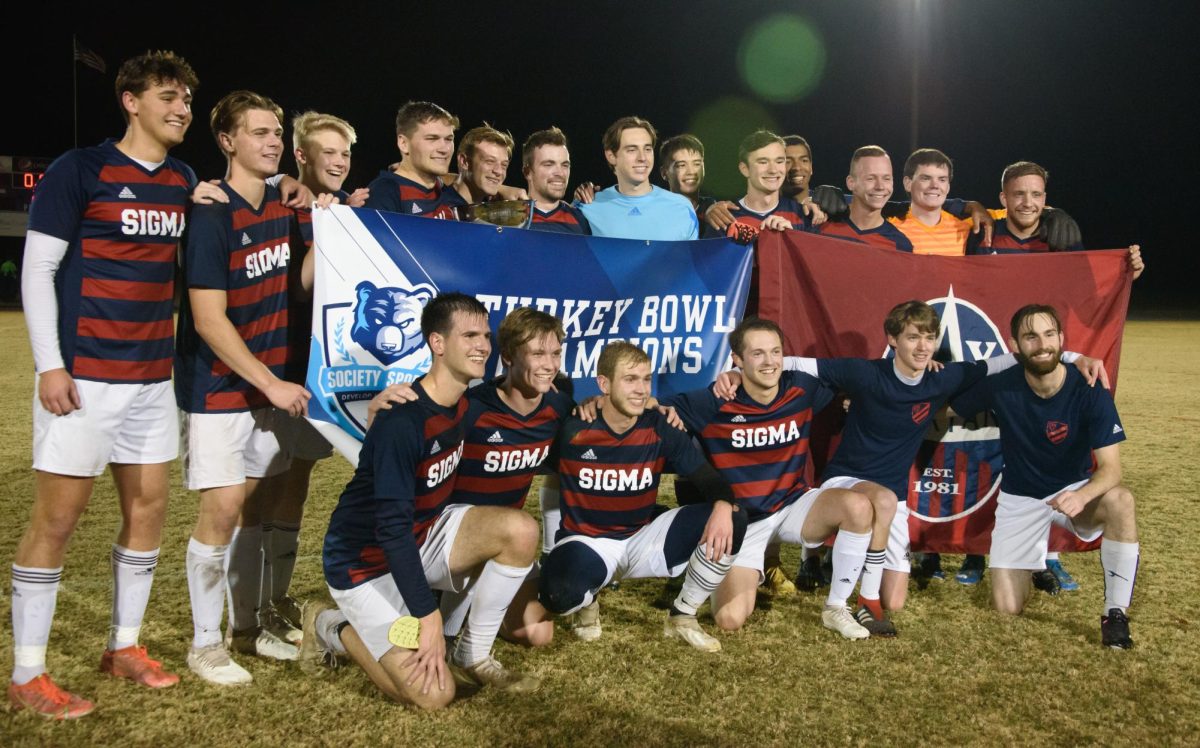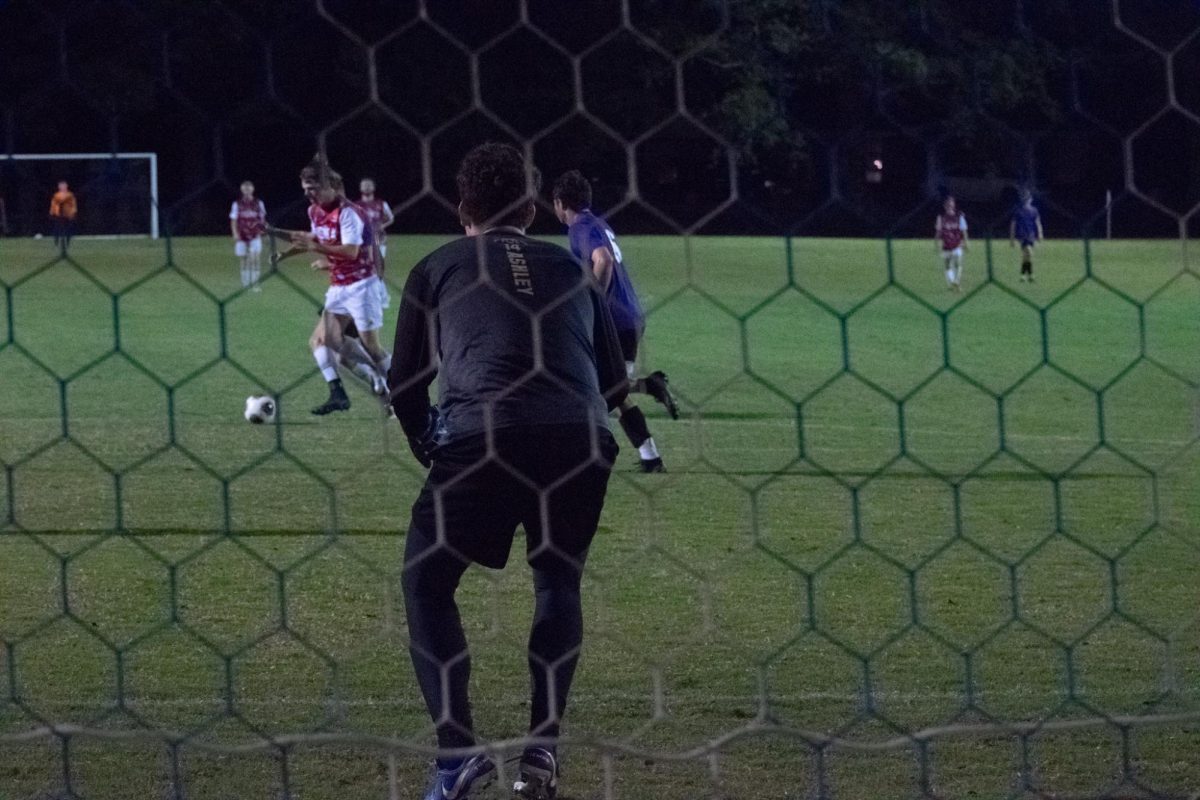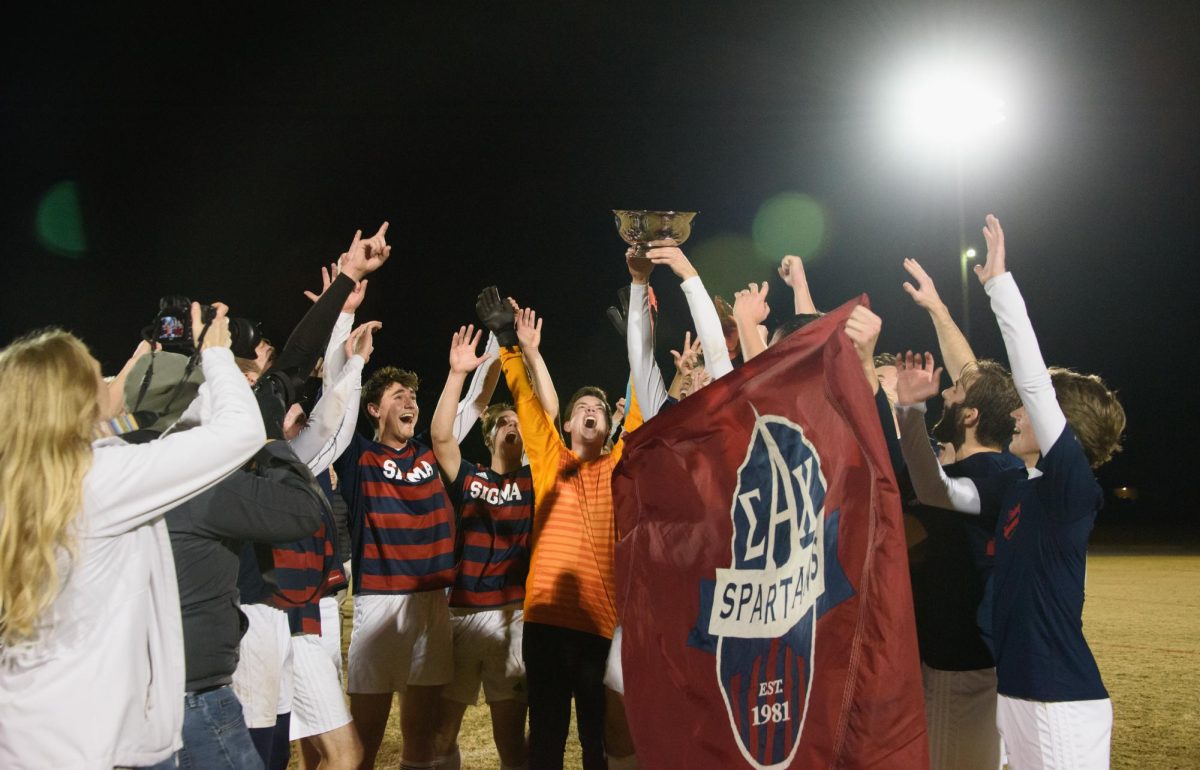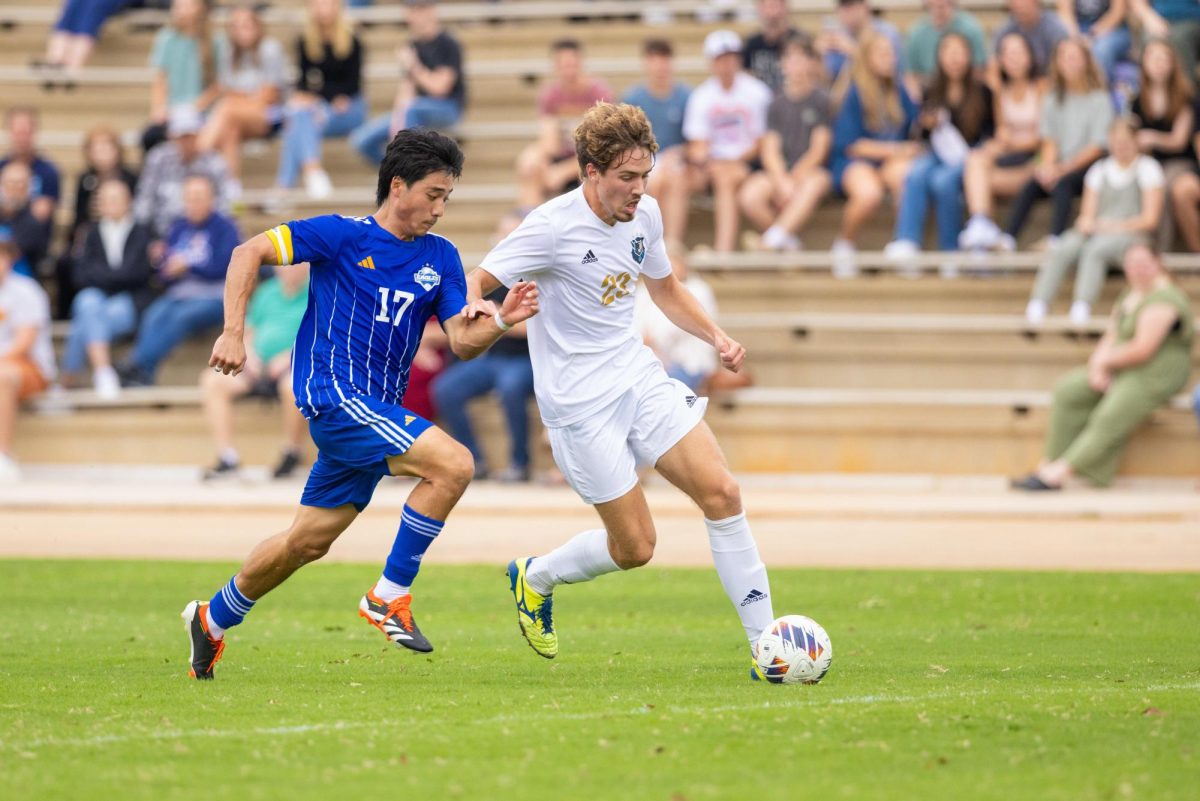Students and faculty members invest many hours weekly to provide the Bob Jones University community with a reliable, timely, student-run newspaper.
Behind the scenes, The Collegian staff goes through an extensive creation and revision process to provide accurate information for the campus community. After researching, interviewing and writing their articles, the writers submit them; the copy editor makes the first revisions; and the faculty adviser, Betty Solomon, makes any additional corrections for the writer to check. Then the proofreader edits them for punctuation, grammar and proper journalism style.
Once the articles and photos are ready, the editor-in-chief, copy editor and design editor work on putting the content into the actual design format for printing. The process often stretches late into the night on Sunday, Monday and Tuesday evenings, since the final version must be sent to the printing department by chapel time on Wednesday for a Friday release date.
After printing a draft, the editor-in-chief proofreads the entire print edition one final time before the other 1,200 copies are printed for distribution on Friday.
An advisory committee of individuals from the administration, faculty and staff assist the staff with clarifying questions on any issue regarding the paper and providing help with the newspaper’s budget and equipment.
Bob Whitmore, a staff member in the late 1980s, had the idea for The Collegian in 1985 and presented it to the administration for approval. The journalism major was in its infancy, and the paper would give students the chance to practice what they were learning in the classroom. In The Collegian’s beginning, “desktop publishing was in its infancy,” Whitmore said. “It’s very much labor intensive back then,” Whitmore said. “Now it’s all computer.”
With technology becoming more powerful, the staff went from releasing the print edition twice a month at its beginning to publishing it every week in Volume 19, 2005. Beginning last semester, the staff began printing it once a month while posting articles online weekly. Regardless of the format or the publication frequency, the newspaper prevailed, as “people are always interested in the news. They want to know what’s going on [on] campus,” Whitmore said.
Working on staff
The Collegian is currently short on staff since participating in the newspaper requires a student’s serious commitment, Solomon said. However, she has seen how it has helped those that have taken on the challenge throughout her years of experience as the paper’s adviser, since 1987. “They get more comfortable interviewing people that they don’t know,” Solomon said, “They get better at putting an article together.”
Joining The Collegian can be beneficial both for students in the journalism department and students outside the program. Since the paper’s creation, writers from different fields, including business, premed, and English majors, have joined the staff.
Nathaniel Hendry, the newspaper’s editor-in-chief and formerly a staff writer and photographer, has seen those benefits on display. Despite taking on the roles of copy editor, web editor and social media editor this year, his experience has been enriching. “I know it’s really helped me learn a lot about organizing and managing teams,” Hendry said.
Hendry has learned to use what he writes to meet others’ needs. “It trains you to think beyond just expressing yourself and more, ‘How can I write to benefit the reader and how can I write to benefit the person I’m writing about?’” Hendry said. Another advantage of working for The Collegian is the chance of sharing your writing skills on a public platform as you “get to be published in an actual newspaper,” Hendry said.
Although he works an average of 25 hours during the week The Collegian publishes a print issue and five to 10 hours on a regular online-publishing week, Hendry enjoys being part of the newspaper. “I’ve really enjoyed my time as writer and photographer and editor of The Collegian because it gives you real-world experience in writing, interviewing, networking, editing and proofreading,” Hendry said. As the newspaper moves forward, it is working to increase its online presence and to provide information more quickly. “I think by going online more and printing less often, we are going to be more timely,” Solomon said. “That is a goal that we have, especially for the second semester and starting next year.”
Currently, the time between when assignments are given and when the final article gets published often stretches up to nearly three weeks, influenced by printing turnaround times and the design process. Online articles, however, have a much shorter turnaround time, posting only a few days or even hours after the event for hard news stories.
Collegian staff members can come from any major and work 2-4 hours a week.



